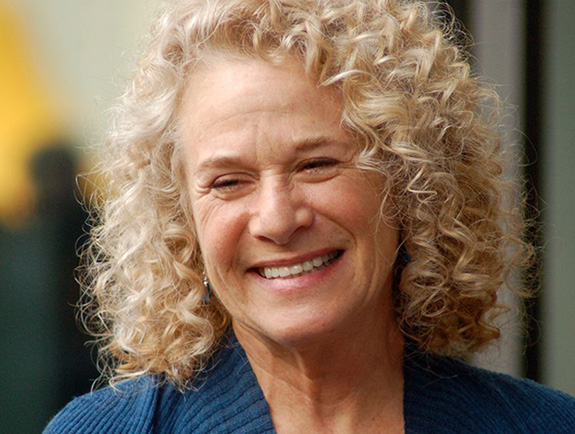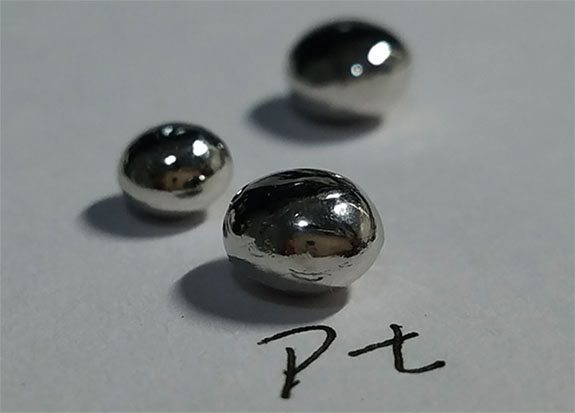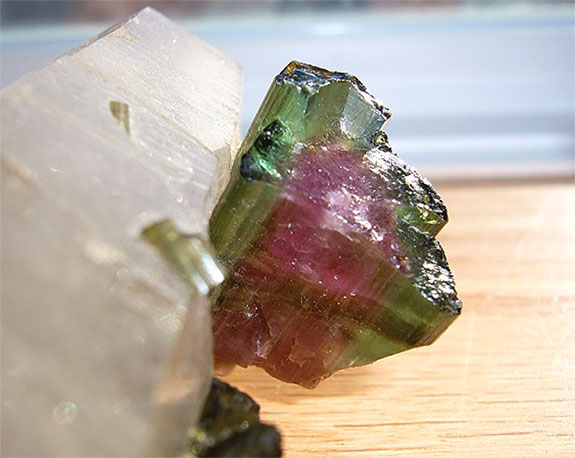Welcome to Music Friday when we often bring you classic songs with jewelry, gemstones or precious metals in the title or lyrics. Today, the incomparable Carole King gets the ring in her classic 1964 hit, “Oh No Not My Baby.”
King assumes the role of a young woman, whose trust is unwavering despite signs that her boyfriend has been fooling around. She sings, “When my friends told me you had someone new / I didn’t believe a single word was true.”
Later in the song, King rationalizes that even if he was unfaithful, the dalliance was hardly a betrayal. She sings, “Well, you might have had a last-minute fling / But I am sure it didn’t mean a thing / ‘Cause yesterday you gave me your ring.”
Co-written by King and then-husband Gerry Goffin, “Oh No Not My Baby” was originally recorded in 1964 by Maxine Brown and subsequently covered by some of the biggest names in the music business, including Aretha Franklin, Cher, Rod Stewart, Linda Ronstadt, the Shirelles, Manfred Mann, Dusty Springfield, Debby Boone, Julie Budd, Eydie Gormé and the made-for-TV band The Partridge Family.
Although Carole King has composed most of her songs for other performers, many fans agree that nobody does Carole King like Carole King. That’s why we chose to feature King’s rendition of “Oh No Not My Baby,” which appeared on her 1980 album Pearls: Songs of Goffin and King as well as her 2001 album Love Makes the World.
Born Carol Joan Klein to a New York City firefighter dad and teacher mom, King started playing the piano at the age of 4. While attending high school she dated singer-songwriter Neil Sedaka and changed her name to Carole King. She and her buddy Paul Simon (Yes, of Simon & Garfunkel fame) earned extra money by making demo records for $25 per session. While attending Queens College, she met Goffin, who became her song-writing partner. They were married one year later, in 1959, when King was only 17 years old. The marriage lasted nine years.
In the early 1970s, King launched a successful solo career catapulted by the immense success of Tapestry, a breakthrough album that topped the U.S. album charts for 15 weeks in 1971 and remained on the charts for more than six years. It sold 30 million copies worldwide and still stands as one of the bestselling albums of all time.
King is credited with writing or co-writing 118 songs that have appeared on the Billboard Hot 100. King was inducted into the Rock and Roll Hall of Fame twice, as a writer in 1990 and as a performer in 2021. King announced her retirement in 2012, but then walked back that statement in 2013, clarifying that she was just “taking a break.” She is still performing at the age of 80.
Please check out the audio track of King’s awesome rendition of “Oh No Not My Baby.” The lyrics are below if you’d like to sing along.
“Oh No Not My Baby”
Written by Carole King and Gerry Goffin. Performed by Carole King.
When my friends told me you had someone new
I didn’t believe a single word was true
I showed them all I had a faith in you
I just kept on saying
Oh, no, not my baby
Oh, no, not my sweet baby
You’re not like those other guys
Who lead you on and tell you lies
My mama told me when rumors spread
There’s truth somewhere and I should use my head
But I didn’t listen to what she said
I kept right on saying
Oh, no, not my baby
Oh, no, not my sweet baby
You’re not like those other boys
Who play with hearts like they were toys
Well, you might have had a last-minute fling
But I am sure it didn’t mean a thing
‘Cause yesterday you gave me your ring
And I’m so glad that I kept on saying
Oh, no, not my baby
Oh, no, not my sweet baby
You’re not like those other guys
Who lead you on and tell you lies
Oh, no, not my baby
Oh, no, not my sweet baby
Oh, no, not my baby
Oh, no, not my sweet baby
Credit: Image by Angela George, CC BY-SA 3.0, via Wikimedia Commons.


